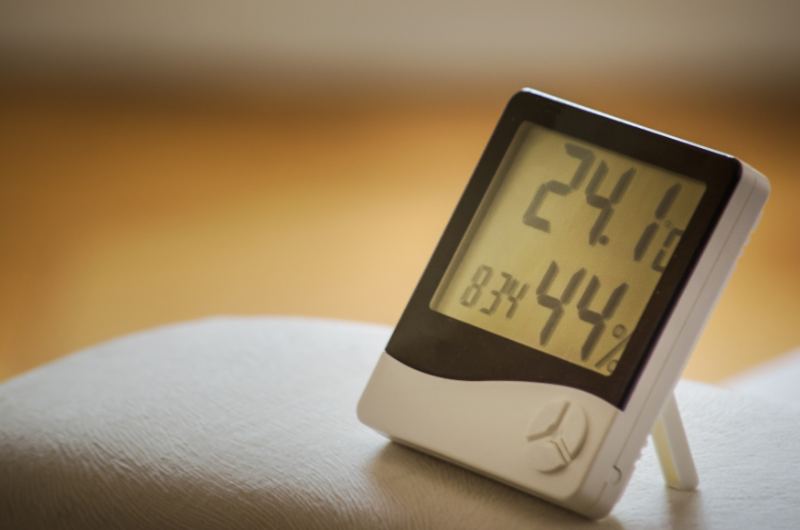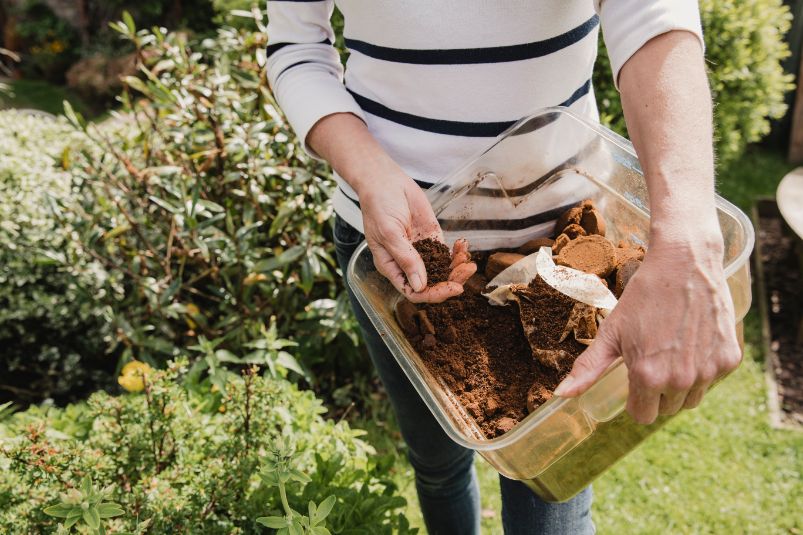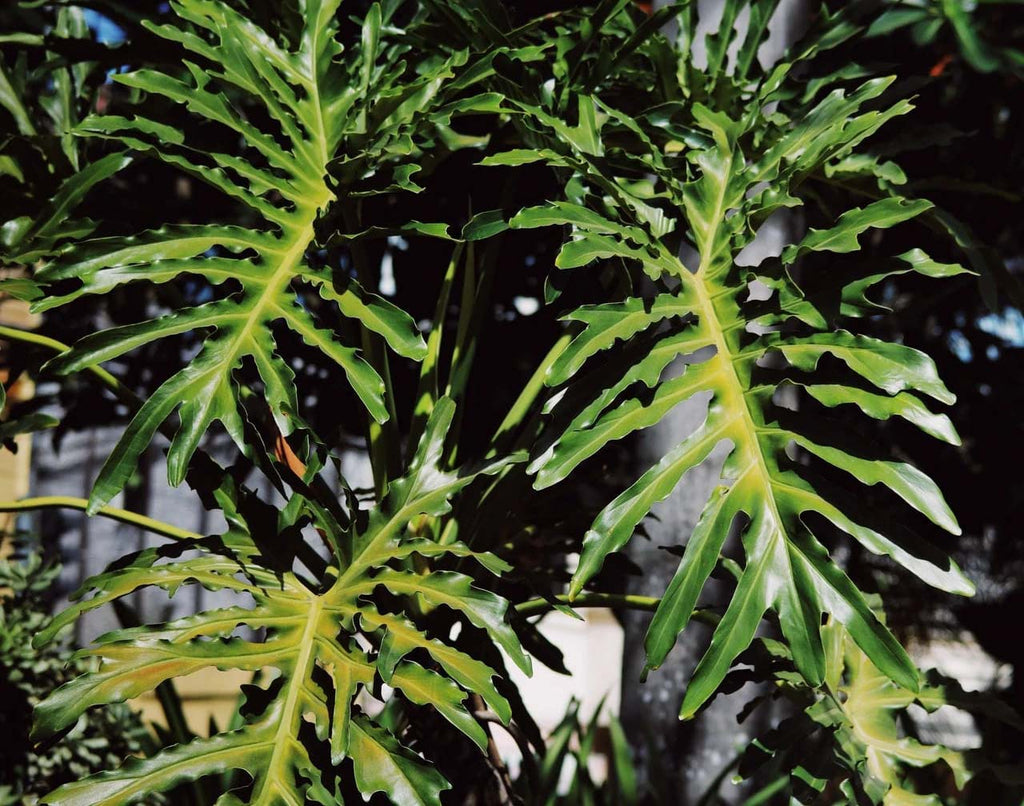
Whether you want to expand your plants in your outdoor or indoor garden, tropical plants like philodendron bipinnatifidum are a great addition. The vibrant green leaves filling the plants will give an area a significant color.
The philodendron bipinnatifidum falls into a family with similar tropical plants that have common traits. They include thaumatophyllum bipinnatifidum, fiddle leaf philodendron, and horsehead philodendron selloum, among others. You can tell by the stem cuttings, orchid bark, and leaf philodendron of the tree philodendron.
These plants also tend to have significant growth, so you want to make sure you have a space available for them when you decide to add them to your home. If you have not cared for a philodendron bipinnatifidum before, there are some things to keep in mind, as they are a little different from other similar plants. Keep reading for more information on how to care for them and what you can expect.
Looking for some unique gardening gifts? Check out our indoor gardening gift guide here for 20+ great gift ideas!
How to Care for Philodendron bipinnatifidum

Caring for a philodendron bipinnatifidum indoor care comes with understanding where this plant is from and its native habitat. It originates in South America and can reach 15 feet tall in its maximum maturity. This tropical plant can also be a houseplant, living in containers. You need to decide if you want a tree philodendron bipinnatifidum or if you are looking to keep it smaller.
Light Requirements

With this plant being South American, it must have direct sunlight regularly. Indirect light is also required when direct sun is not available. You do not want to leave it in the sun directly for too many hours at a time. The leaf scars will show burns from the sun, especially if you live in an area that has a warm climate.
If you plan to keep your philodendron bipinnatifidum inside, you want to have it in bright indirect light in a warm area. This is because, in nature, this plant is in a warm sunny area, but the largest tree, philodendron bipinnatifidum, can grow beneath deep shade with indirect sunlight. Use a thin curtain for rooms that have bright lights or attract the full sun.
Temperature Range

The temperature, whether inside or outside, should be nice and warm. As a tropical plant, it is critical that it needs to have warm temperatures if it is grown indoors. The leaf philodendron will tolerate an indoor environment of at least 70 degrees.
If you are growing the philodendron bipinnatifidum outdoors, you need a climate that will stay warm most months of the year. The subtropical climates of the Southeast region are usually ideal for these outdoor options. The winters can drop to around 60 in the winter for the philodendron bipinnatifidum to stay outside.
Water Requirements

Encourage healthy growth by keeping the soil moist in your plant. By using distilled water, you can give your philodendron bipinnatifidum access to the cleanest and healthiest options. This is good if you are keeping a new growth plant inside.
However, it is possible to overwater the philodendron bipinnatifidum, so make sure to keep the soil moist and have good drainage in the soil. You will want to cut back a little with the watering to once or twice a week during the growing season, even in hardy zones. They can tolerate drought more than other plants, so this may be a good plant option if your area has that possibility.
Humidity

Areas that have extensive humidity levels will allow the philodendron bipinnatifidum to thrive. They need around 80 percent of humidity regularly in the air for healthy growth. The new plants will absorb water and thrive inside the home, with a pebble tray sitting beneath the plant.
As the philodendron bipinnatifidum starts to mature with well-draining soil and a healthy stem, you may want to include a humidifier in your home to boost the humidity levels. If you live in an area that is not as humid as the subtropical climate, this may be an option for your home.
If you already have to humidity your home for your loved ones to help with breathing, this is a great new plant to add home.
Fertilizers

Whether you are growing the tree philodendron bipinnatifidum in your home or outside in your garden, you need to make sure that the appropriate fertilizer is being applied at the right time. Because these showy leaves can be sensitive to sunlight, this is also true for fertilizer. You want to avoid fertilizer burn on the roots and leaves by making sure you are using organic matter.
Liquid fertilizer is the best option to add to your philodendron bipinnatifidum as it will work best with the soil, keeping it from getting acidic or salty soil. When you apply the liquid fertilizer, make sure you are only doing it once a season, as too much of it will not necessarily damage the soil but could cause fertilizer burn and encourage root rot to your plants.
Best Soil Mix

Having damp or moist soil is ideal for the philodendron bipinnatifidum. They thrive in areas where there is a little bit of water. This is why it is good to water once a week. If you have a mature plant in a pot, check the soil with your finger to see how wet it is. Once it dries out just a bit, it is time to add water. Your plant will pull as much water as it needs.
The soil you need should be more alkaline than acidic. While the philodendron bipinnatifidum can tolerate acidic soil, you do not want to keep it that way long term. Too much soil on the plant can encourage unwanted pests like spider mites, which will encourage a more basic soil at some rooting hormone. This is critical during the growing season of the plant.
When to Repot

After the growing season, it is time to take your new plant and move to a new pot. The aerial roots in your plant should be able to gather the nutrients they need and prepare for the changing weather.
If you keep your philodendron bipinnatifidum inside, you need to make sure that you change the pots every six months until it reaches maturity. This keeps the soil from getting too acidic and gives a growing medium to the indoor plant. Once it reaches maturity, you will want to make sure you are repotting your plant annually to ensure the soil creates aerial roots.
Growing Philodendron bipinnatifidum Outdoors

If you plan to keep your philodendron bipinnatifidum outside in your garden, you need to make sure you keep it maintained and protect it from the elements.
Once the Spring season approaches, make sure to prune the tree philodendron. This is critical so that it reduces the chance of infection and pests. When it grows back in the warmer months, you can expect a larger and bushier plant than before.
Is Philodendron bipinnatifidum Toxic?

If you are worried about your pets around these plants, keep in mind that they can be very poisonous. You do not want your pets chewing on these trees as the calcium oxalate crystals inside will irritate their body.
Skin irritation is most common in children who touch this philodendron selloum. They can quickly spread this poison around to other children and pets that they are touching shortly after. If it is ingested in the body, there will be issues breathing, as the mouth and esophagus will become highly irritated, like an allergic reaction.
How To Propagate Philodendron bipinnatifidum

You can propagate your philodendron bipinnatifidum flower through stem cuttings when you are pruning your plants in the spring.
Healthy Stems
Make sure you pull the right stems to ensure that you can propagate. You want to choose healthy stems, either three or four, with some leaves. Avoid leaf scars on them, as they are not as healthy as other options.
Once you have cut these stems, they need to dry out for at least a day, allowing the sap from the plant to reach the bottom. Give these stems a good coating of root hormone. The best is to use a powder substance so that it sticks before putting these in new pots during the thaumatophyllum bipinnatifidum propagation.
Philodendron bipinnatifidum Problems

One of the biggest concerns that gardeners have with this plant is the issue of root rot. When these plants are watered too frequently, the water pools around the roots and opens them up for infection. Since they are tropical in nature, many believe that they need extensive amounts of water in order to survive.
If you think you have overwatered your plant, give it a chance at survival and quick relief by repotting the wet roots into dry soil. This will balance it out for a few days and check the soil until drying out.
Pests

Pests are also a big problem. When this plant produces flowers, they are large like the leaves and can attract the attention of spider mites. Unfortunately, this will also bring aphids and other unwanted pests to the area. In just a matter of days, you can have a plant under attack with little chance of survival.
If you notice that there is some form of an infection on your plant, it is time to separate it from the others. Allowing it to stay around the other plants will allow it to spread.
How Can Lomi Help?
Since you know that your philodendron bipinnatifidum care needs a particular type of soil, you can add organic soil to your compost to give it the nutrients it needs and keep that alkaline balance. With Lomi, you can compost your food waste to create nutrient-rich dirt that will help you keep your plants healthy.

